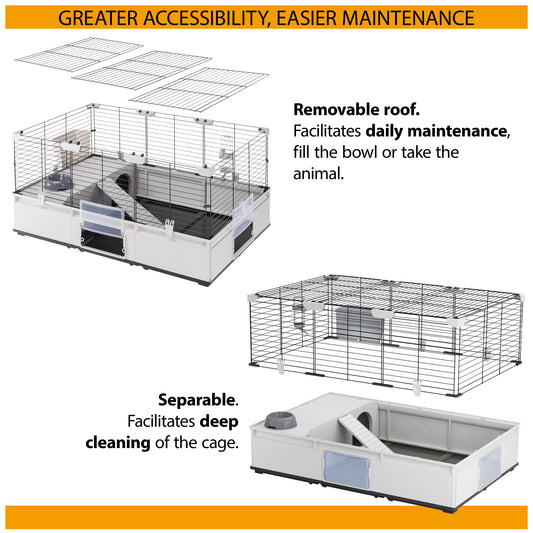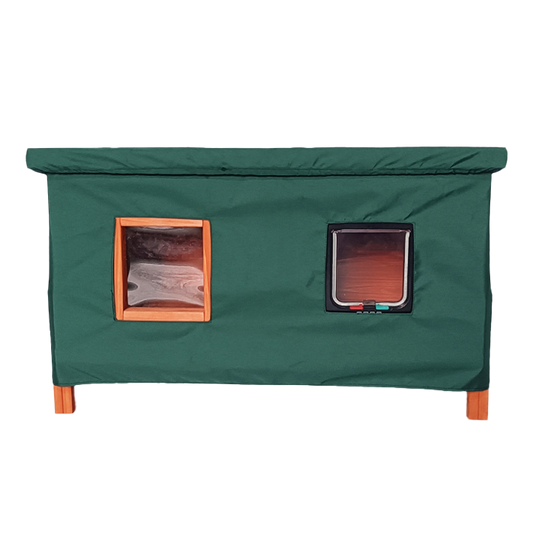Cats are generally very clean animals and will typically spend 30%-50% of their waking hours grooming themselves. This means that owners do not normally need to be involved in the process other than some brushing to help remove dead skin from the coat. However, curious cats can often find themselves in sticky situations that will require a helping hand from their owners. Here’s how to deal with a dirty cat!
Mud
If your cat comes home covered in mud, it is a good idea to help clean it off so they don’t ingest too much of it through self-grooming. There can be nasty bacteria hiding in soil, which can make a pet poorly if they swallow too much of it.
You could wait until the mud dries and simply brush it out of the coat but chances are you won’t be able to stop your cat grooming itself in that time and you’ll probably want to get rid of the offending dirt as soon as possible!
It is very unlikely that a cat will tolerate a bath so just focus on the bits of their coat that are muddy. Get yourself a bowl of warm – not hot – water and a washcloth, and gently rub at the affected areas. You could use a cat-specific shampoo if you have one but never wash your cat with human shampoo. The pH level of cat skin has a range of around 6.2 to 7.2 compared to human skin which is much lower. This means that human shampoo can irritate a healthy pet’s skin making it dry and flaky. Many human shampoos also contain artificial fragrances and colours that can cause allergic reactions in a cat.
An alternative to bathing for a quick clean up solution is to use a specific pet wipe. These are handy for a water-free clean but do not be tempted to use baby wipes on your cat. While these might seem harmless, even the gentle or sensitive kind contain several chemicals that are harmful to cats. Using them on a cat can lead to skin irritation and even respiratory illness as they are likely to ingest some of the chemicals through self-grooming afterwards.
Sticky Stuff
It’s not uncommon to find stuff in a cat’s coat that they have been unable to deal with themselves. Try using a little cooking oil, soap or baking soda on a sticky area, which should help to dissolve it so that it can be brushed out or wiped off with a cloth. If stickiness is unable to be removed – and it could be dangerous if eaten – you may need to carefully trim away the affected fur with a pair of nail scissors.
Chewing Gum
Gum is in a league of its own when it comes to trying to remove it from a cat’s coat. It starts off sticky but soon hardens, making it near impossible to get rid of. Try freezing the gum with an ice cube first as it can make it easier to pick it away from the coat. Oil can also help to loosen gum from a cat’s fur but you will need to leave it on the coat for about ten minutes before trying to peel it off.
Sometimes trimming gum out of your cat’s coat will be the only option. Sugar-free chewing gums tend to contain the artificial sweetener xylitol, which is toxic if swallowed, so you should try to remove it from the coat as soon as possible to avoid any being accidentally consumed.
Know Your Limits!
If your cat really needs a bath but you don’t feel brave enough to tackle it yourself, perhaps it would be better to consult a professional groomer? They are used to dealing with difficult customers and are adept at removing all sorts from cat fur so it might be best to leave it to the experts for a quicker and less stressful experience.
If you enjoyed this, why not check out:










